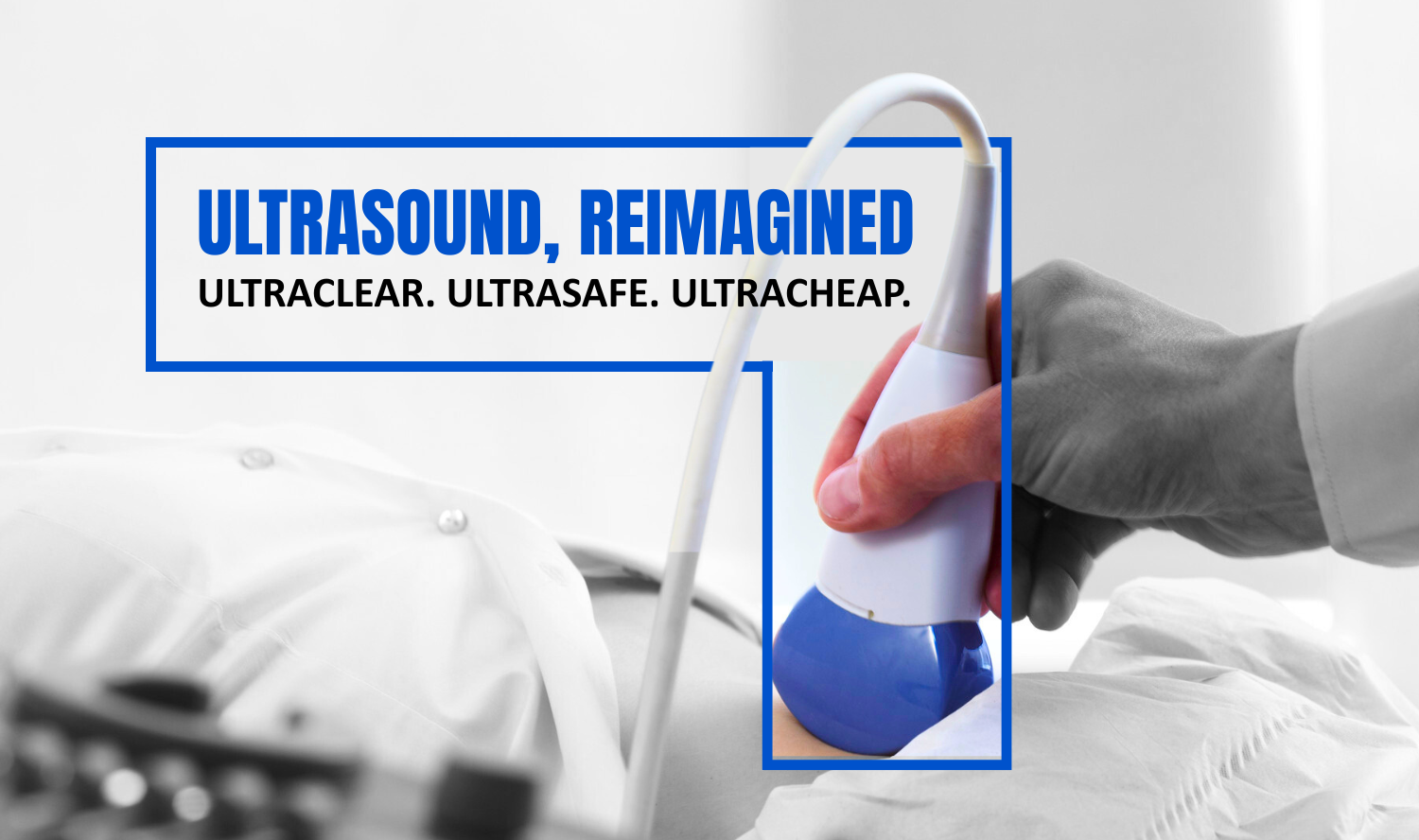
About 97% of the available water on planet Earth is sea water, but only 2.5% of that is potable or usable for drinking. What if we could convert sea water into clean, potable water for drinking and other purposes? However, converting sea water into potable water is quite energy intensive. Now is the time to talk about the solar-driven energy-efficient sea water desalination system indigenously developed by IIT Madras. In India, over 90% of the land surface receives a significant amount of solar insolation. Byeffectively harvesting solar energy,sea water can be converted into potable water.
Prof Mani A. and Mr Thilagan K from Refrigeration and Air Conditioning Laboratory, Department of Mechanical Engineering, Indian Institute of Technology (IIT) Madras, Chennai, India, have developed a stand-alone solar multi-effect desalination (MED) system to convert sea water into potable water using solar energy. The studies were conducted at Vivekananda Kendra, Kanyakumari, India, drawing sea water from the Gulf of Mannar.

Figure 1: Photograph of solar multi-effect sea water desalination system at Vivekananda Kendra, Kanyakumari, India.
The solar MED system comprises various components. The components of the solar MED system are explained individually, and they are as follows:
- Flash Chamber:
- Hot water from the solar flat plate collector field is fed into the flash chamber (FC). The hot water is made to flash using upward spray flashing mode. Steam produced in the flash chamber is sent to the first stage of the multi-effect evaporator (MEE) by a difference in pressure head.
- Multi-effect Evaporator:
- A multi-effect evaporator (MEE) is a cascaded evaporator with four stages. Each evaporator has 925 tubes with a length of 900 mm. Titanium material is used for the first two layers of MEE, because of its excellent corrosion resistance.
- In the first stage of MEE, sea water is sprayed over the tubes of each evaporator using a spray nozzle parallelly. The water from the spray nozzle gets sprayed and absorbs the heat of condensation from the tube wall. At saturation pressure of each effect of MEE, water gets flashed, and the remaining concentrated brine solution (salt water) is sent to the next effect of MEE by manometric effect. The condensate is collected and carried to the next effect by manometric effect. This process is continued until distillate reaches the condenser and brine solution is ejected from the system using brine solution pump.
- Condenser:
- A condenser is used to condense the incoming steam from the last effect of MEE using incoming sea water pumped by the MED intake pump. During the condensation process, most sea water from the condenser is sent back to the sea, which acts as a sink for the system’s effective operation. The remaining sea water is sent to the spray nozzles of MEE in parallel mode.
- Ejector:
- The ejector is designed in such a way as to remove non-condensable gases from the MED system. The purpose of the ejector is to maintain vacuum pressure during the operation of the MED system. In the ejector, the primary stream is expanded with a given flow rate of sea water using a MED pump. The non-condensable gases from the condenser of the MED system are entrained through the secondary stream of the ejector.
- Solar Thermal System:
- The solar thermal system comprises 315 solar flat plate collectors with a solar recirculation pump, which is connected to the flash chamber of the MED system. The working fluid used in the solar thermal system is drinking water. Water quality in the solar thermal system is approximately 150 ppm at the time of charging. The 315 solar thermal collectors are required to raise the temperature from 60oC to 70oC.
- Selection of Pumps for MED System:
- In the solar MED system, 6 pumps are selected and used to run the plant. These are: solar recirculation pump, brine pump, distillate pump, ejector pump, MED pump, and sea water intake pump.
- Solar Photovoltaic Power System:
- Pumps of solar MED plant require 20 kW of power to run the plant. The installed solar photovoltaic power plant is 20 kW of power with a battery backup of half an hour.
- Sea Water Intake System:
- There are two sea water intake wells in the Gulf of Mannar, which are located 30 metres away from the solar desalination plant. Sea water is pumped from the well and sent to the collection and settling tanks. After filtration, sea water is pumped to MED system to produce fresh water.
By harvesting solar energy, the solar MED plant performances were studied using sea water during March 2019. The solar MED plant produced 7,000 litres of distillate water during this month. The distillate water quality was found to be in the range of 1 ppm to 3 ppm. By integrating with the adequate capacity of the thermal storage system and increasing battery backup, the solar MED plant could operate for 24 hours for a higher production rate.

In a continuation of this study, the authors, Mr. Thilagan K, Dr Advaith S, and Prof Mani A from the Refrigeration and Air-conditioning Laboratory, Department of Mechanical Engineering, Indian Institute of Technology (IIT) Madras, Chennai, India, have developed a system-level simulation to better understand the component-level behaviour of solar MED system with respect to incident solar energy.
An in-house algorithm is developed by employing live linking between TRNSYS, a simulation program that is used in the fields of renewable energy engineering, and MATLAB, a multi-paradigm programming language and numeric computing environment, to solve all the components in the solar MED system to understand its behaviour.
The simulation is validated with the experimental data of the solar MED system, conducted at Vivekananda Kendra, Kanyakumari, India. Thiruvananthapuram’s weather data, which is the closest data to Kanyakumari, is used to run the simulation model. This model used sea water with a quality of 36,000 ppm as the working fluid.
The solar MED plant numerical model is able to produce an average peak distillate production rate of 300 kg/h, between 10:00 hours to 15:00 hours (i.e., between 10 am to 3 pm). This similar trend is also observed in the experimental pilot desalination system. The system can be operated for 24 hours by adopting an adequate thermal storage capacity.
Prof. Alberto Coronas Salcedo, from the Mechanical Engineering Department, Universitat Rovira Virgili, Tarragona, Spain, complimented the work done by the authors with the following comments: “The solar-powered multi-effect desalination (MED) system demonstrates a promising solution for sustainable potable water production using renewable energy. With an annual average efficiency of 30% from the solar flat plate collectors, the system produces potable water at a rate of 1.13 m³/h with distillate quality of 1–3 ppm. Integrating an ejector to maintain vacuum pressure in the evaporator is a practical design choice. However, optimizing the thermal efficiency, improving the ejector’s performance, and enhancing the durability of system components, especially in saline working environments, would be beneficial for long-term operation. Besides, integrating thermal storage and battery backup for 24-hour operation further strengthens its potential for off-grid applications. With minor improvements, this system holds great promise for addressing water scarcity in remote areas.”
Article by Akshay Anantharaman
Click here for the original link to the paper 1
Click here for the original link to the paper 2









